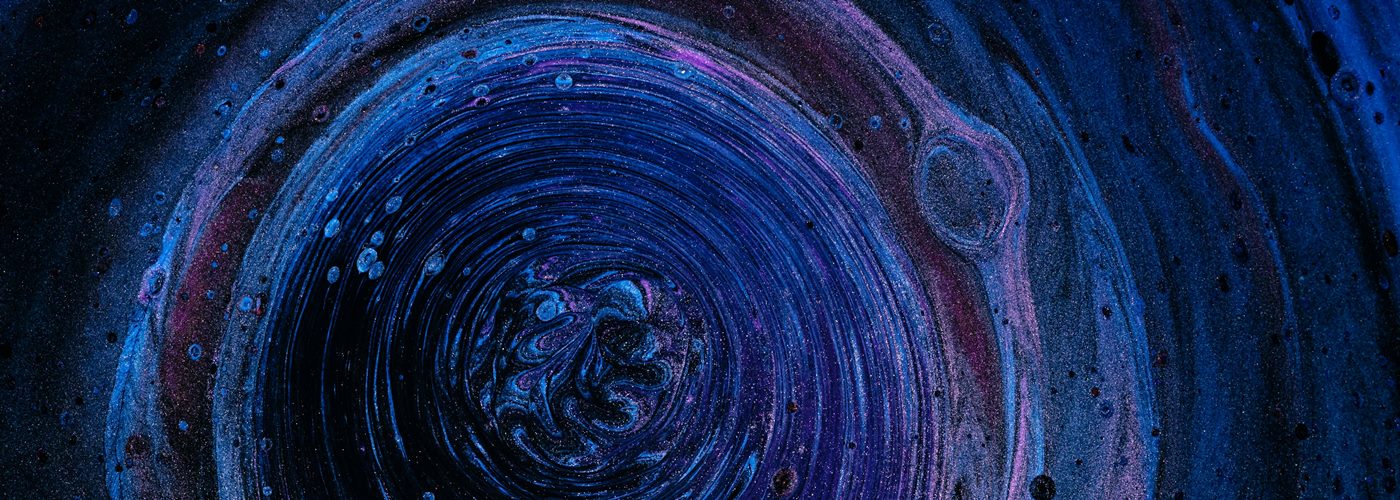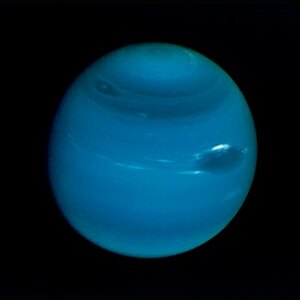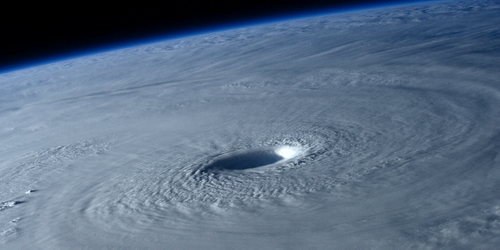

It
freezes at 32°F (0°C) and boils at 212°F (100°C), what more about
water is there left to discover? It turns out, we’ve only just
begun to understand the behavior of this seemingly ordinary
substance, H2O.
Under extreme pressures and temperatures, like those found in the
mantle layer of giant planets such as Uranus and Neptune, water can
form an entirely new state of matter called superionic ice. The first
x-ray measurements of superionic ice were taken in 2019 by a team of scientists at Lawrence Livermore National Laboratory.
The
conditions under which water changes into the superionic ice phase do
not normally occur on Earth. In order to study this exotic state of
matter, the research team had to fire one of the most powerful lasers
in the world at a droplet of water. The laser created shock waves
that raised the pressure of the water to millions of times that of
our own atmosphere, and raised its temperature to over 3,000°F
(~1,700°C). At these extremes, the water formed a new state of
matter that is described as black, hot ice. This superionic ice
conducts electricity almost as well as metal, as the oxygen atoms
form a rigid lattice, with hydrogen atoms free flowing in the interior, like a liquid.
This latest find confirms in the
laboratory what computer simulations had first hinted might happen
under such extremes, back in 1988. Around this same time, the
spacecraft Voyager 2 was passing by the ice giants Uranus and
Neptune, where it measured strange magnetic fields for both planets
that didn't exhibit the typical north and south magnetic poles aligned with their rotation axes, as the
other planets have. This was the first clue that their interiors
didn't consist of the same type of swirling, molten, conductive
material as the other planets, but instead was being generated by a
thin outer mantle of superionic ice around the core.






